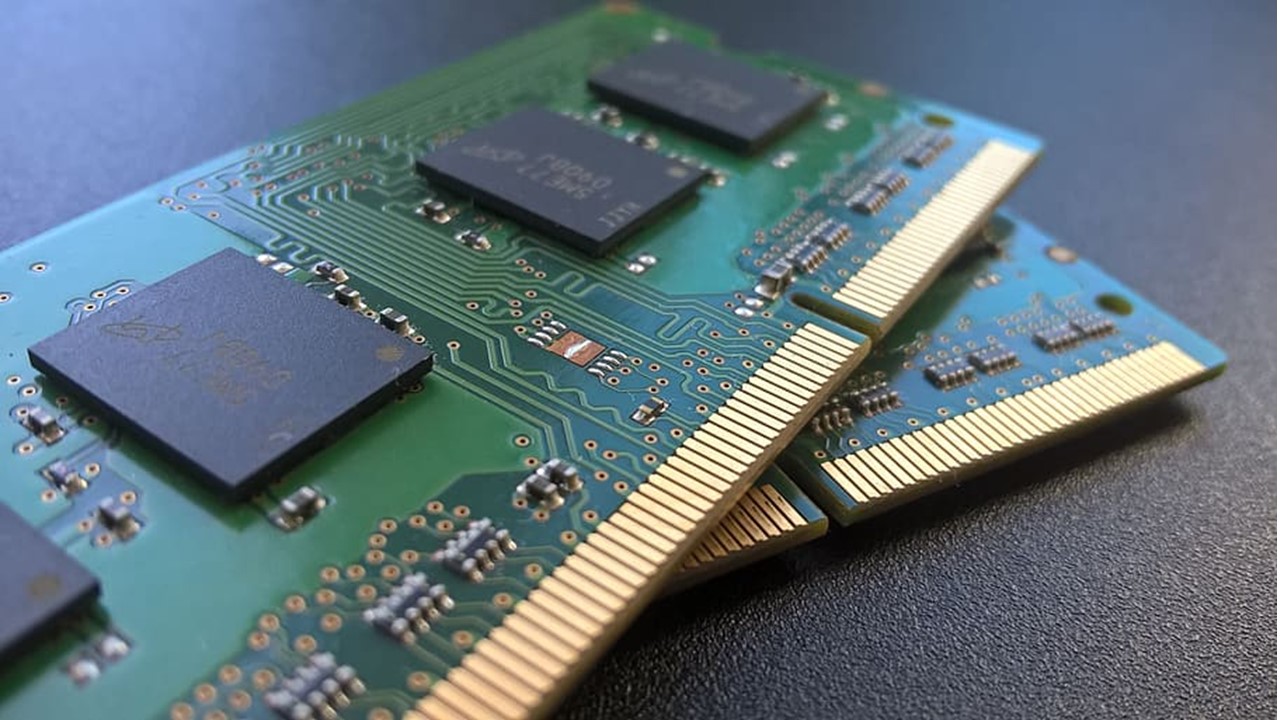In This Article
What is Cache on a Stick (COAST)?
Cache on a Stick, or COAST, refers to a particular module that helps in upgrading the Level 2 cache of the computer along with the tag memory. In other words, it offers an extra layer of cache memory to the computer.
Technically, it refers to a kind of fast Pipeline Burst Static Random Access Memory (PBSRAM) technology which resembles the large Single Inline Memory Module (SIMM).
KEY TAKEAWAYS
- Cache on a Stick is used to upgrade the Level 2 cache and tag memory or add supplementary layers to it.
- It is actually a special type of SRAM technology which is similar to a large SIMM.
- COAST is ideally a mapped cache with a storage capacity ranging anywhere between 256 KB and 512 KB.
- The COAST design also comprises smaller but faster RAM modules.
- This cache uses the data buses of the computer to communicate with the primary and other memory modules of the computer.
Understanding Cache on a Stick

Cache on a Stick was first implemented in the 1990s and refers to a specific kind of an external cache. The COAST typically allows adding an L2 cache to the underlying computer.
This is a specific type of technology which can be characterized as follows:
- It is a fast Pipeline Burst SRAM technology.
- It is pretty much the same as the large Single Inline Memory Module.
- It is like a mapped cache.
- Its storage capacity ranges from 256 KB to 512 KB.
- There are also smaller but faster native Random Access Memory (RAM) modules included in its design that allow for using it to store cache tags.
- This specific cache typically interacts through the data buses of the computer with the primary cache as well as other memory modules.
The design and features of the Cache on a Stick typically dissociate the motherboard from the cache of the system. This specific aspect of it allows for creating different configurations.
The COAST module is usually connected as a separate memory component to the Card Edge Low Profile (CELP) slot on the motherboard of the computer. This is actually a small circuit board that has conductors on its edges.
On each side of the circuit board there are as many as 80 contacts placed 0.05 inches apart. There is also an ID notch between contacts 42 and 43.
The COAST standard was first conceived by Motorola in the early 1990s. The physical size of the standard was typically as follows:
- Between 110 mm and 111 mm in width
- Between 28 mm and 29 mm in height
The same standard was also followed on the Apple Macintosh computers.
Intel also used this standard in their early Pentium systems, such as the Pentium MMX system in 1998. It typically used specific Intel chipsets such as:
- 430VX
- 430TX
Later on, this architecture was combined by Intel with the Central Processing Unit (CPU) resulting in the Slot 1 CPU cartridge. This came with both the CPU as well as independent cache chips.
However, a lot of manufacturers did not adhere to the physical or electrical specifications. Typically, the electrical specification for these sticks needed the clock tree for each individual synchronous chip to be perfectly balanced.
This means that the length from each edge to each chip should be equal. This is an important aspect because an unbalanced clock tree would have adverse effects on the performance such as:
- It would create a lot of noise and reflections.
- It would create unstable loading in other configurations of the motherboard.
Operation
The 256 KB or 512 KB space of the COAST is usually systematized as 8192 or 16384 lines of 32 bytes. The cache line can be transferred through a 64-bit data bus in a four-cycle burst.
Its operation is further facilitated by two specific features such as:
- The fast PBSRAM
- The 8 or 11 bits of Static RAM
Ideally, the SRAM is even faster in comparison to the PBSRAM and helps each line to store the cache tags.
Different size of tag will allow for storing different amount of memory, such as:
- In a 256 KB module, typically the 8-bit tag will allow caching memory which is up to 256 times the size of the cache, which is equal to 64 MiB.
- And on the same module, an 11-bit tag, on the other hand, will allow up to 512 MiB.
Every cache line in it will also have both a dirty bit and a valid bit contained in the cache controller, which will be 16 Kbits, or 2 Kbytes, in total size.
However, in comparison, a 512 KB module will store twice that number of cache lines. This means that it will take one less tag bit to support an equal cacheable memory size.
The remaining tag bit is used for storing the cache line dirty bit instead and all of the 16 Kbits available in the cache controller are implemented for valid bits.
Conclusion
COAST or Cache on a Stick refers to a specific module package that comes with an SRAM and is used as the Level 2 cache in the computer.
Resembling a large-size SIMM, this cache communicates with the primary memory of the system and other memory modules through the data buses of the computer.